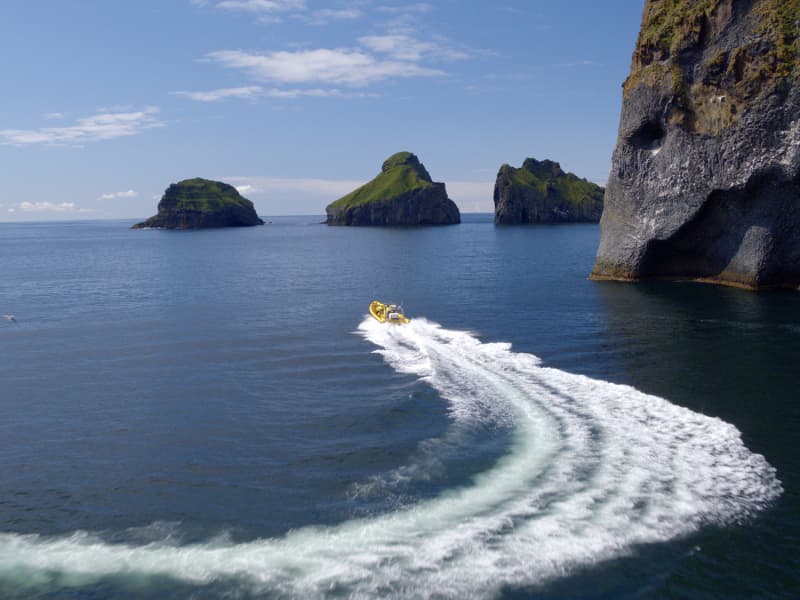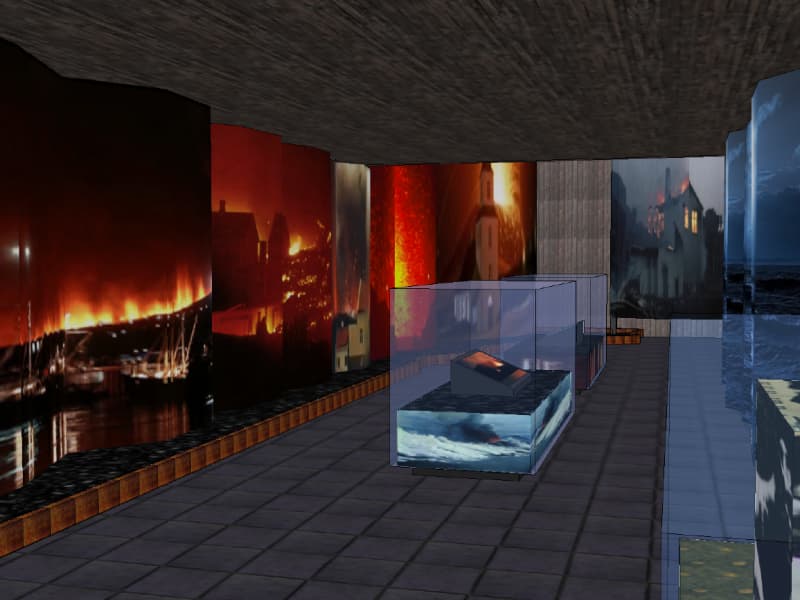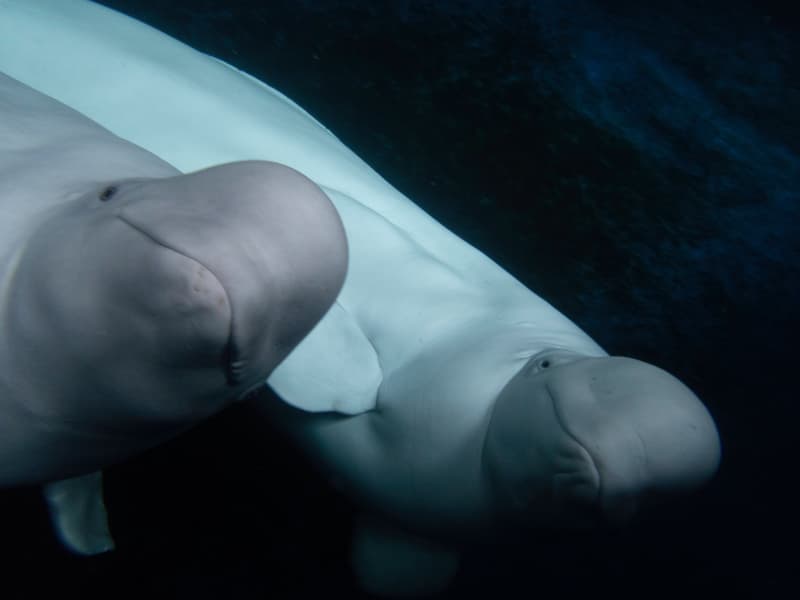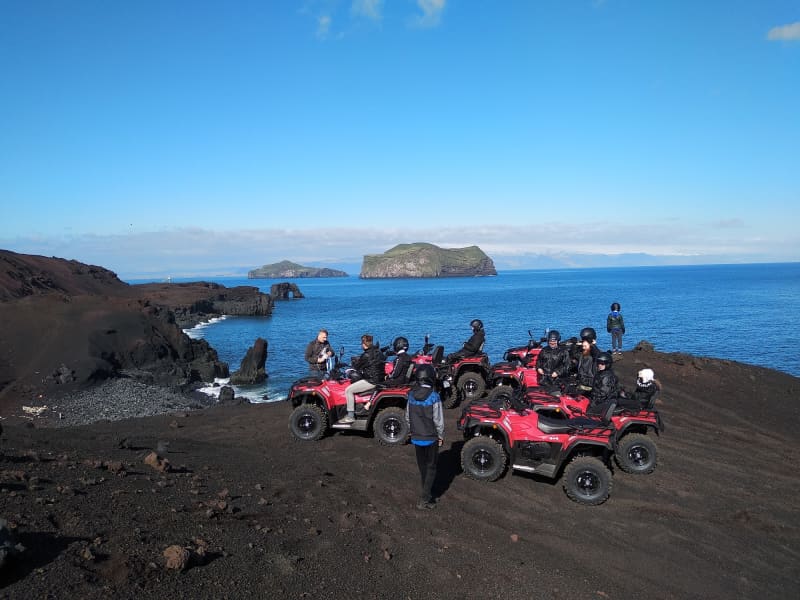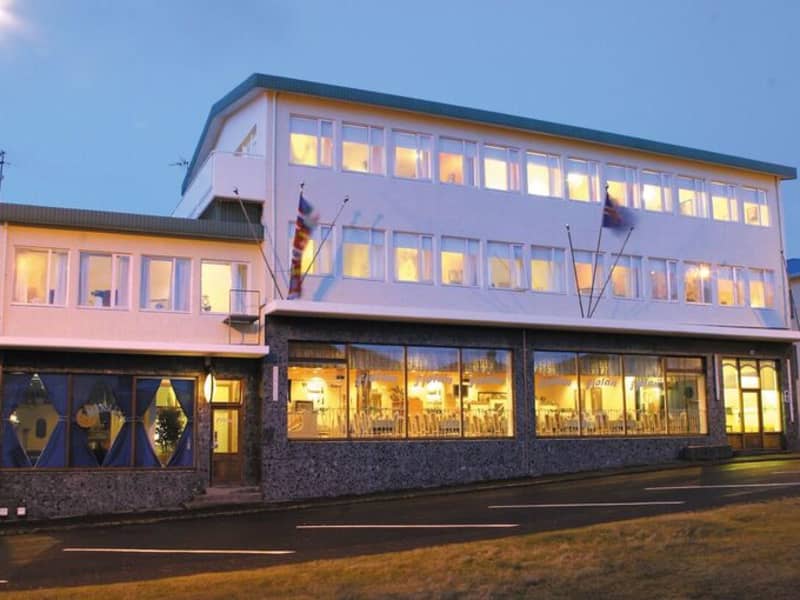Welcome to the vicinity of Eldfell - stage five of The Volcanic Way
One fateful night in 1973, the people of Westman islands woke up to a volcanic eruption at the edge of the town. It was the first-ever volcanic eruption within a town in Iceland, forcing almost the entire population of the Westman islands to abandon their homes. Months later, after the eruption finally ended, many returned and continued living in what is today a thriving fishing village of 4500 people. A short ferry ride brings you to these beautiful islands. A visit to the Eldheimar museum followed by a hike up the newly formed Eldfell volcano will help put the town’s curious history in perspective.
Learn and discover:
Locals recommend:
- Nýja hraun
- Skansinn
- Herjólfsdalur
Popular places:
- Eldfell volcano
- Halldórsskora elephant rock
- Stórhöfði





